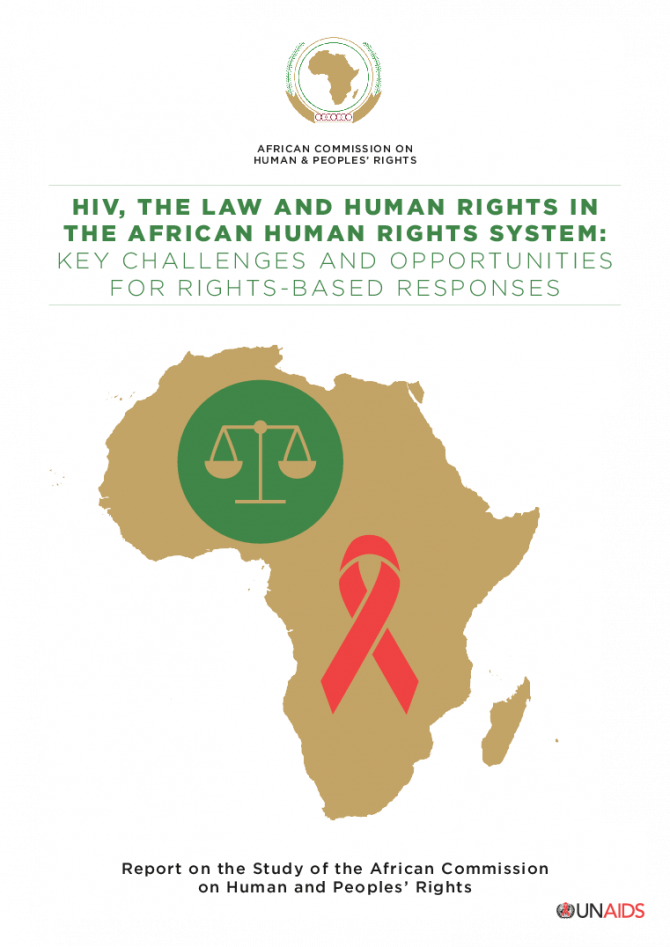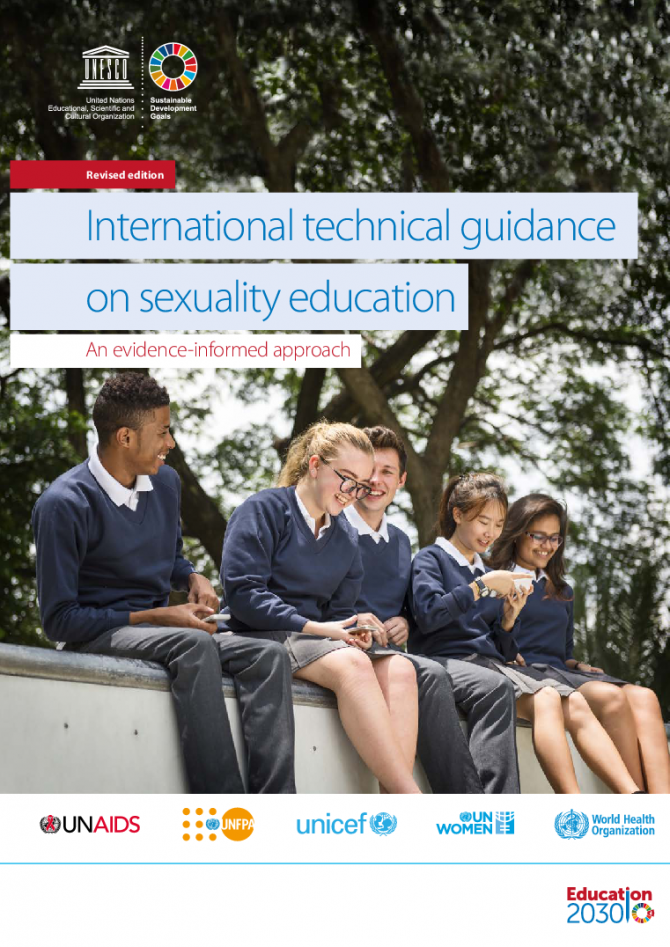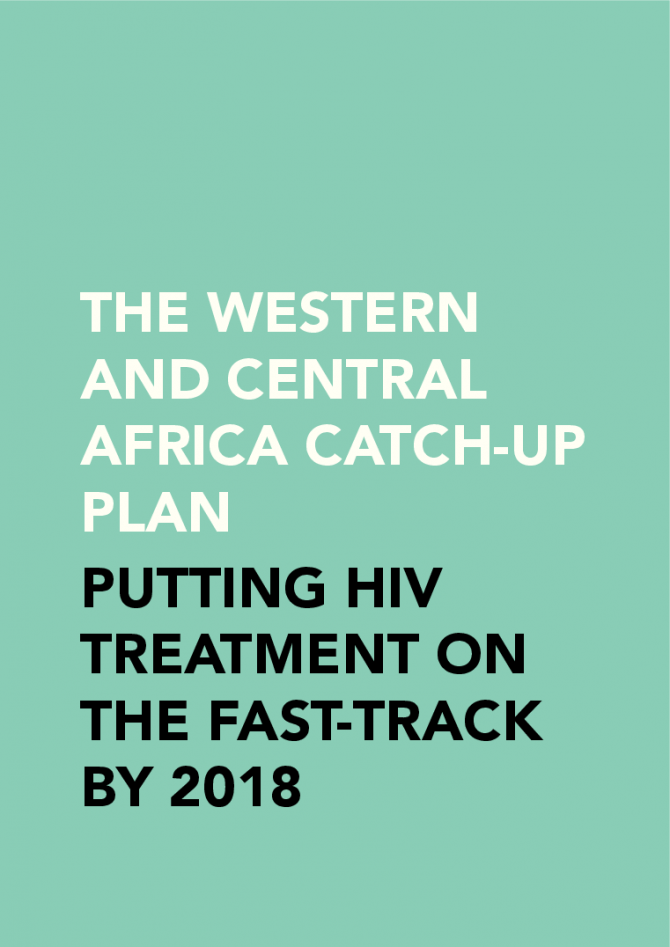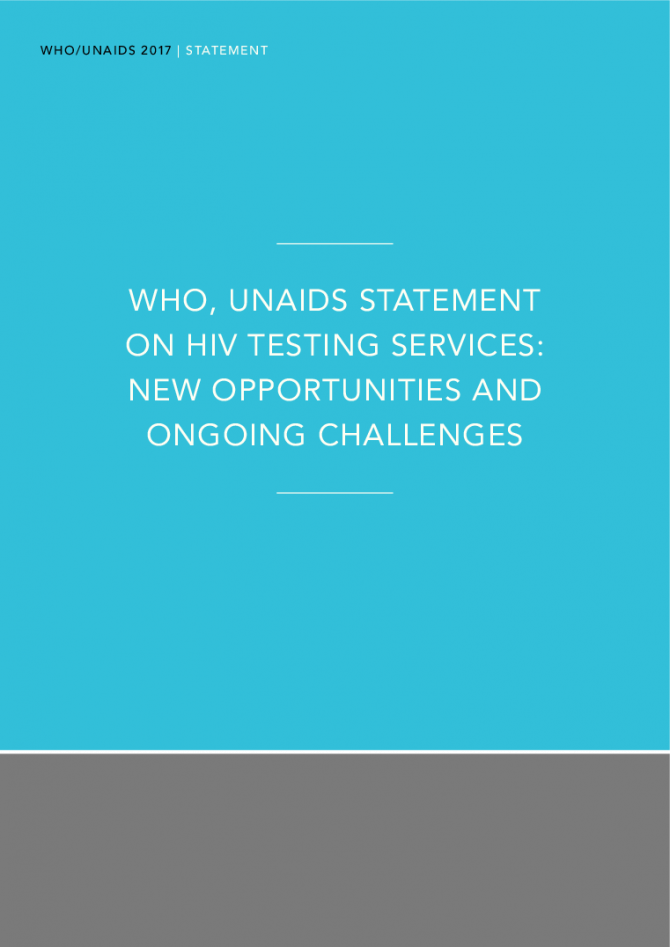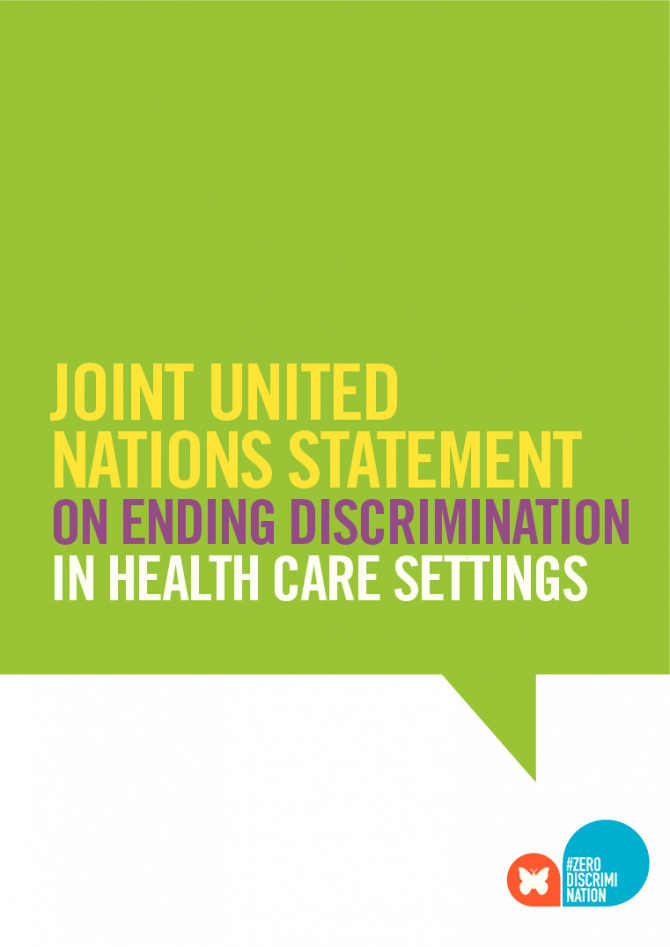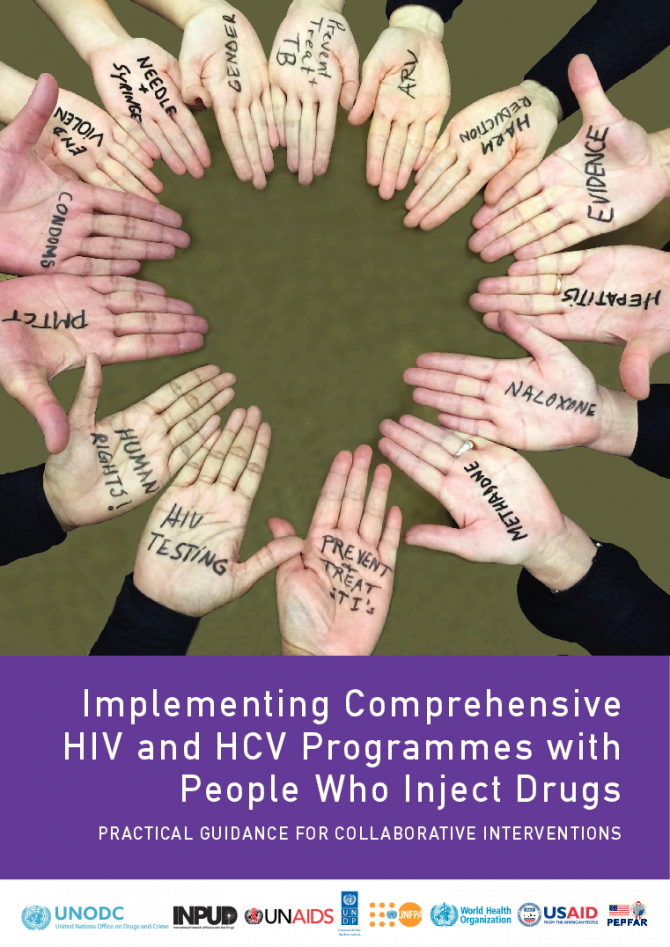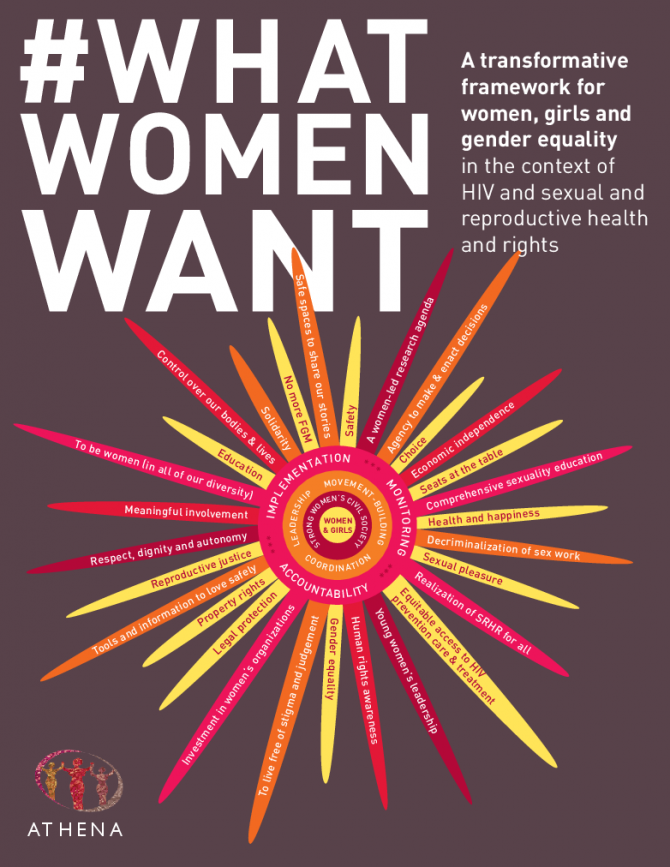Documents
HIV, the Law and Human Rights in the African Human Rights System: Key Challenges and Opportunities for Rights-Based Responses — Report on the Study of the African Commission on Human and Peoples’ Rights
31 January 2018
The present study is a significant contribution to efforts to advance rights-based responses to HIV in Africa and globally. UNAIDS is privileged to have contributed to this report, and we look forward to working with the African Commission, States, civil society and other partners to promote this study and support the implementation of its recommendations, which constitute a milestone in our efforts to end the AIDS epidemic as a public health threat by 2030 and to leave no one behind.
Documents
International technical guidance on sexuality education
10 January 2018
The International technical guidance on sexuality education (the Guidance) was developed to assist education, health and other relevant authorities in the development and implementation of school-based and out-of-school comprehensive sexuality education programmes and materials. It is immediately relevant for government education ministers and their professional staff, including curriculum developers, school principals and teachers. Non-governmental organizations (NGOs), youth workers and young people can also use the document as an advocacy or accountability tool, for example by sharing it with decision-makers as a guide to best practices and/or for its integration within broader agendas, such as the SDGs. The Guidance is also useful for anyone involved in the design, delivery and evaluation of sexuality education programmes both in and out of school, including stakeholders working on quality education, sexual and reproductive health (SRH), adolescent health and/or gender equality, among other issues.
Documents
The western and central Africa catch-up plan — Putting HIV treatment on the fast-track by 2018
23 October 2017
The western and central Africa catch-up plan is a political instrument and a compact between countries and the international community that supports countries’ strategies and plans to quickly address bottlenecks, accelerate the national responses and reach a trajectory to achieve the 90–90–90 targets by 2020. Deriving from the western and central Africa catch-up plan, the country plans are supplementing national strategies and existing plans with the aim of increasing antiretroviral treatment uptake and saving lives.
Documents
Joint United Nations statement on ending discrimination in health care settings
27 June 2017
Documents
Donor government funding for HIV in low- and middle-income countries in 2016
21 July 2017
Despite significant progress in combatting HIV, driven in large part by increased investments, the epidemic remains a global emergency and several challenges threaten future progress. One such challenge is an ongoing resource gap; UNAIDS estimates that although US$19.1 billion from both international and domestic sources was available to address HIV in low- and middle-income countries in 2016, US$26.2 billion will be needed annually by 2020 (to be gradually reduced by 9% by 2030) to meet global targets to end AIDS as a global publiche alth threat by 2030.
Documents
Implementing comprehensive HIV and HCV programmes with people who inject drugs: practical guidance for collaborative interventions
01 May 2017
The primary focus of this tool is people who inject drugs because of the particular vulnerability to HIV and HCV associated with injecting practices. However, some people who do not inject but use stimulants and other psychoactive drugs can be at high risk of contracting HIV through unprotected sex, and they are subject to structural barriers similar to those faced by people who inject drugs. Therefore, much of the information in this tool—particularly the chapters related to structural barriers and some of the health-care interventions (Chapters 1–3)—is relevant to people who use drugs in general. As noted, people who inject drugs are vulnerable not only to HIV and HCV, but also to other bloodborne viruses such as hepatitis B, as well as to sexually transmitted infections and tuberculosis. For the sake of conciseness, this tool refers primarily to HIV and HCV prevention, but Chapter 3 in particular addresses the diagnosis, treatment and care of other infections to which people who inject drugs are disproportionately vulnerable.
Documents
#WhatWomenWant: a transformative framework for women, girls and gender equality in the context of HIV and sexual and reproductive health and rights
06 April 2017
Documents
Getting to Zero — Global social work responds to HIV
16 March 2017
This is more than a compilation of scientific articles on the response to HIV by social workers. It is also a collection of stories told with candour about restoring hope, dignity and social capital to people and their families in order that they can withstand the shocks they encounter in life. Also read Global social work responds to HIV.
Documents
Evaluating the Evidence for Historical Interventions Having Reduced HIV Incidence: A Retrospective Programmatic Mapping Modelling Analysis
08 February 2017
As the HIV epidemic continues to mature alongside the increasing scope and coverage of treatment and prevention programmes, inferring trends in incidence from available prevalence data and subsequently identifying drivers behind epidemic trends will become increasingly complex.25 The availability of prospectively collected programmatic and epidemic surveillance data at a greater sub-national spatial resolution will greatly improve the robustness of future impact evaluations.

